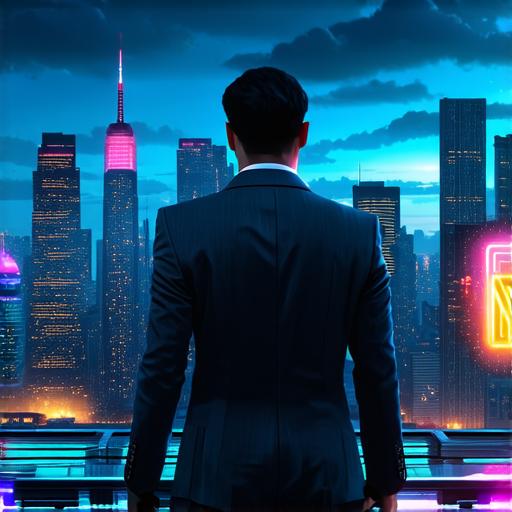Understanding NFTs in Gaming
Before diving into the development process, it is important to understand what NFTs are and how they can be used in gaming. An NFT is a digital asset that represents ownership of a unique item or piece of content, such as artwork, music, or collectibles. In the context of gaming, NFTs can be used to represent in-game items, characters, or other assets that have real value and can be bought, sold, and traded on a blockchain.
Advantages of Using NFTs in Gaming
NFTs offer several advantages for game developers, including:
- Unique ownership: Each NFT represents a unique asset, making it highly valuable and desirable for collectors and gamers alike.
- Ownership tracking: NFTs can be used to track ownership of in-game items, ensuring that players have exclusive access to certain content or abilities.
- Liquidity: NFTs can be bought and sold on a blockchain, allowing players to easily monetize their in-game assets.
Challenges of Using NFTs in Gaming
However, there are also challenges associated with using NFTs in gaming, such as:
- Technical complexity: Developing games with NFTs requires specialized knowledge and expertise in blockchain technology and smart contracts.
- Cost: Creating and managing NFTs can be expensive, particularly for smaller game studios without significant resources.
- Regulatory risks: The use of NFTs in gaming raises legal and regulatory risks, particularly around issues of ownership and intellectual property.

Conceptualization: Brainstorming and Planning
The first step in developing a game with NFTs is to brainstorm and plan out the concept. This involves determining the type of game, the target audience, and the specific features and mechanics that will incorporate NFTs.
Types of Games that Use NFTs
There are several types of games that can use NFTs, including:
- Collectible games: Games where players collect and trade unique in-game items or characters represented as NFTs. Examples include CryptoKitties and Rare Digital Items (RDI).
- Role-playing games (RPGs): Games where players create and customize their own characters, which can be represented as NFTs. Examples include Axie Infinity and Decentraland.
- Sports games: Games where NFTs represent collectible sports teams or individual athletes. Examples include NBA Top Shot and Sorare.
Target Audience and Features
When brainstorming and planning, it is important to consider the target audience and features that will appeal to them. This includes considering factors such as gameplay mechanics, art style, and monetization strategies. For example, a collectible game may focus on rare and valuable in-game items, while an RPG may allow players to customize their characters with unique NFT accessories.
Development: Building the Game
Once the concept has been planned out, it is time to start building the game. This involves creating the game mechanics, designing the user interface, and integrating NFT functionality into the game.
Game Mechanics and Design
The game mechanics and design should be carefully crafted to ensure that they are engaging and fun for players. This includes designing levels, enemies, and bosses, as well as implementing features such as quests and achievements.
NFT Integration
Integrating NFT functionality into the game involves creating smart contracts that define the ownership and transfer of NFTs, as well as integrating with blockchain networks such as Ethereum or Binance Smart Chain.
